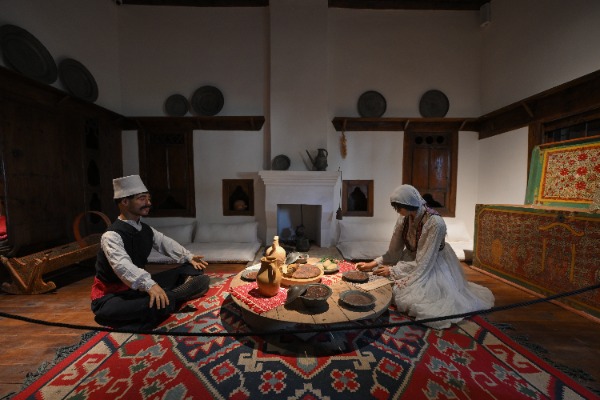Ethnographic Museum of Kavaja

The Ethnographic Museum of Kavaja has reopened following elaborate restoration and museum works conducted by the EU-funded EU4Culture programme, implemented by UNOPS in partnership with Albania’s Ministry of Economy, Culture and Innovation. The two-year intervention, with a budget exceeding one million euros, encompassed the restoration of the building damaged during the 2019 earthquake, as well as museum redesign and multimedia. Visitors can now explore the collection through new multimedia features, including a virtual dressing room, augmented reality experiences, interactive games, video and audio narratives. These additions complement the traditional artefact displays while enhancing the educational experience. The museum building, constructed in 1800, was converted to a museum in 1971. Today, the museum houses over 800 artifacts of various types, each contributing to its educational mission. The collection provides visitors with an authentic window into the daily lives of past generations, documenting their routines, family celebrations, and community gatherings.



